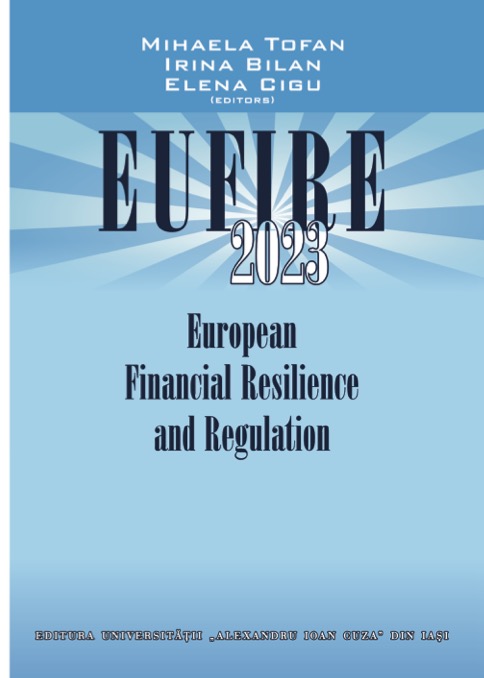EXPLORING EUROPEAN INTEROPERABILITY REFERENCE ARCHITECTURE (EIRA)
EXPLORING EUROPEAN INTEROPERABILITY REFERENCE ARCHITECTURE (EIRA)
Author(s): Cătălin Strîmbei
Subject(s): ICT Information and Communications Technologies, Socio-Economic Research
Published by: Editura Universităţii »Alexandru Ioan Cuza« din Iaşi
Keywords: EIRA; Public Services; eGovernment; Software Interoperability; Application Integration; SOA;
Summary/Abstract: EIRA stands for European Interoperability Reference Architecture and represents a European Union Commission initiative concerning public services integration. In fact, the European Commission (DG Informatics) started the ISA2 Programme (Interoperability Solutions for Public Administrations, Businesses, and Citizens). In this context, the new European Interoperability Framework was first elaborated and stated several directing principles or recommendations. There are twelve underlying principles of the EIF such as subsidiarity and proportionality, openness, transparency, reusability, technological neutrality and data portability, user-centricity, inclusion and accessibility, security and privacy, multilingualism, administrative simplification, preservation of information, and assessment of effectiveness and efficiency.Subsequently, EIF was implemented by the EIRA. This reference architecture represents a metamodel defining the architectural building blocks (ABBs) to build interoperable e- Government systems. EIRA is aligned with the principles of TOGAF (The Open Group Architecture Framework) and follows a technology and product-neutral, and service- oriented architecture (SOA) style.Consequently, to implement public and government services, the EU offers a computing- oriented definition of such an architecture as an extension of the open-sourced ArchiMate® model. The specific viewpoints formalized by ArchiMate model refer for example to the Interoperability Privacy viewpoint, Interoperability Governance viewpoint, Interoperable European Solution viewpoint, and Interoperability Security viewpoint.EIRA should support the following activities: (1) designing, (2) assessing, (3) communicating and sharing, and (4) discovering and reusing of eGovernment solutions. The specialists targeted are Enterprise Architects as well as Solution Architects, Business Analysts, and Portfolio Managers.
- Page Range: 316-326
- Page Count: 11
- Publication Year: 2023
- Language: English
- Content File-PDF

